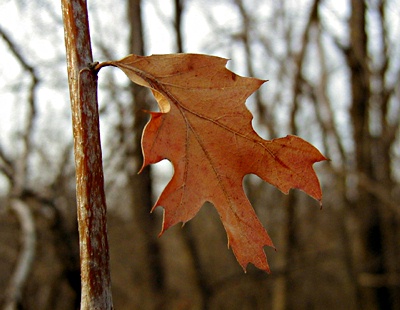All Nonfiction
- Bullying
- Books
- Academic
- Author Interviews
- Celebrity interviews
- College Articles
- College Essays
- Educator of the Year
- Heroes
- Interviews
- Memoir
- Personal Experience
- Sports
- Travel & Culture
All Opinions
- Bullying
- Current Events / Politics
- Discrimination
- Drugs / Alcohol / Smoking
- Entertainment / Celebrities
- Environment
- Love / Relationships
- Movies / Music / TV
- Pop Culture / Trends
- School / College
- Social Issues / Civics
- Spirituality / Religion
- Sports / Hobbies
All Hot Topics
- Bullying
- Community Service
- Environment
- Health
- Letters to the Editor
- Pride & Prejudice
- What Matters
- Back
Summer Guide
- Program Links
- Program Reviews
- Back
College Guide
- College Links
- College Reviews
- College Essays
- College Articles
- Back
Renewable Energy vs. Nonrenewable Energy
Every day you probably watch TV, go one your phone, and ride in a vehicle. People need lots of energy to power their daily lives. Some of the things that use the most energy to power are airplanes and boats. Airplanes and boats currently use fuel such as gasoline, natural gas and coal, but this isn’t going to work forever. All of these fuels are nonrenewable. This means that they can’t be created without thousands of years of pressure and heat. So these nonrenewable fuels might run out, leaving us without ways to get energy. Also burning nonrenewable fuel creates carbon emissions, which can lead to global warming. So the question is what are we going to do to get energy in the future?
Some of the things that use the most energy to power are airplanes. So what are people doing to fix this problem? Well the military for one have invested millions of dollars into finding a cleaner renewable fuel. The military being one of the largest noncommercial users of fuel are the perfect people to fund new research to find a “green” energy source. The military have made some progress of using reads and algae to get biofuel. Their standards for biofuel is that it can’t compete with food. So say they want to use ethanol, the military wouldn’t accept that due to it being made out of corn which would make it a crop that could compete with food. However there is camelina seeds, which can be refined into jet biofuel. Then the remains of the Camelina seeds are crushed into meal for chickens to eat. This is one of the best options and the military is working on growing Camelina seeds in larger quantities.
There is also another way to get biofuel that’s being researched and that’s algal. Algal is being grown in San Francisco to make biofuel for ships. If they succeed they will be the first company to make oil from its own algal and deliver it. There is also Palm oil that can be grown in Africa. The only problem is that people have started clearing forest where animals live to grow palm oils. Up to 300 football fields (kenzie, pg. 1) of forest are cleared every hour for palm plantations. The seed oí jatropha is highly toxic which makes it uneatable. Then after being made into oil the leftovers can be fertilizer. But this all seems good but it needs 20,000 litres of water per kilogram of biofuel (kenzie, pg. 2) making it not very efficient.
So in the end although biofuels are progressing at a fast rate there is still work to be done. We have made biofuels but they use too many resources or compete with food. Although new advances are being made every day, biofuels might not be what we should do. Maybe we should try and use solar or wind power instead. But biofuels is a step in the right direction and also with biofuels we don’t need to change our vehicles we can just use biofuel instead of gas. Whereas with solar and wind power we would need to make different vehicles that could be powered by electricity not gas and oil.
Biello, David. “Navy Green: Military Investigates Biofuel to Power its Ships and PLanes” Scientific American Global RSS. N.p. 14 sept. 2009. Web. 22 oct 2015
Kenzie, Richie, and Emma Mackenzie. "BIOFUELS: GOOD VS EVIL." Money Management (2013): 24-26. Ebsco. Web. 28 Oct. 2015.

Similar Articles
JOIN THE DISCUSSION
This article has 0 comments.
